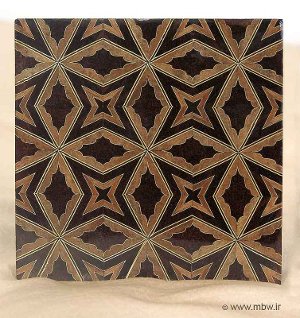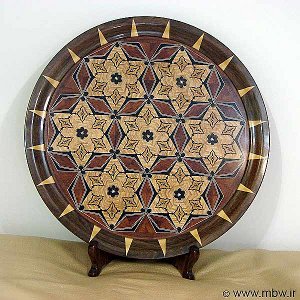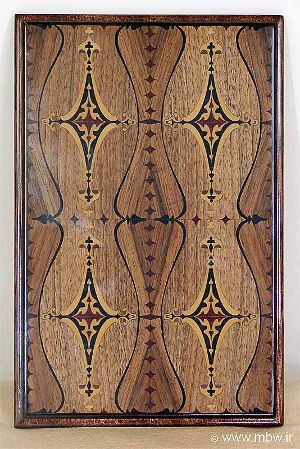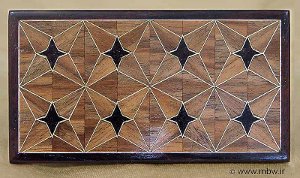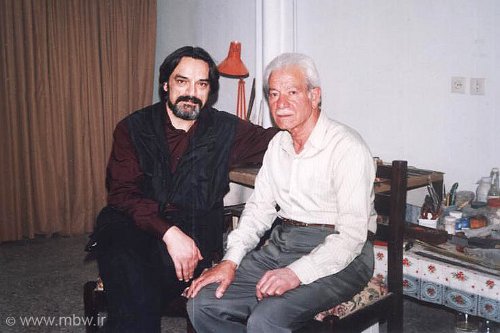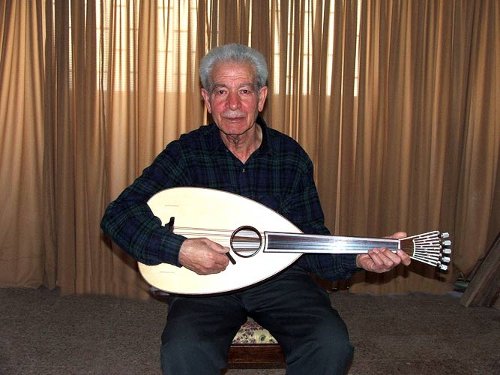Summary of his biography and activities
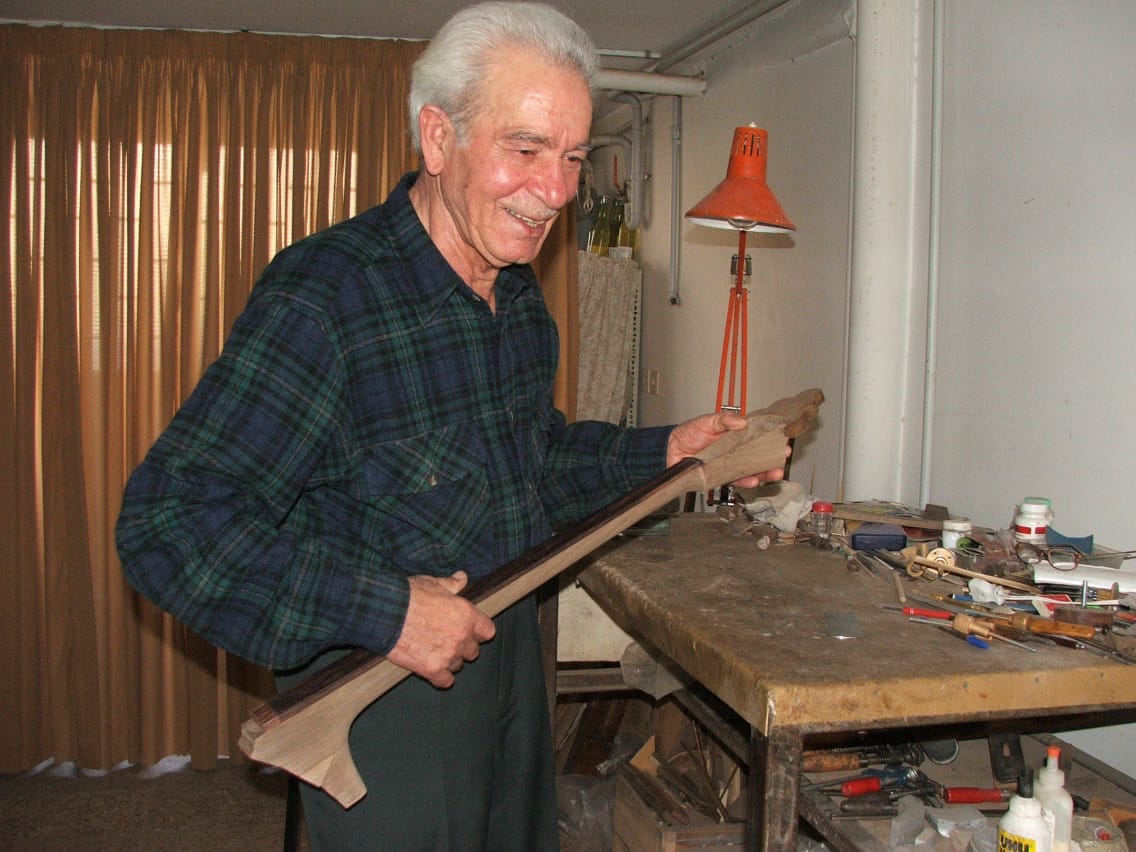
Ebrahim Ghanbari Mehr is an unmatched master in instrument making art. He was born in Tehran 1928 and as a child had a keen interest in music. His father also had a good voice and the grace and memories of his father's concerts with his friends still has remained in his mind.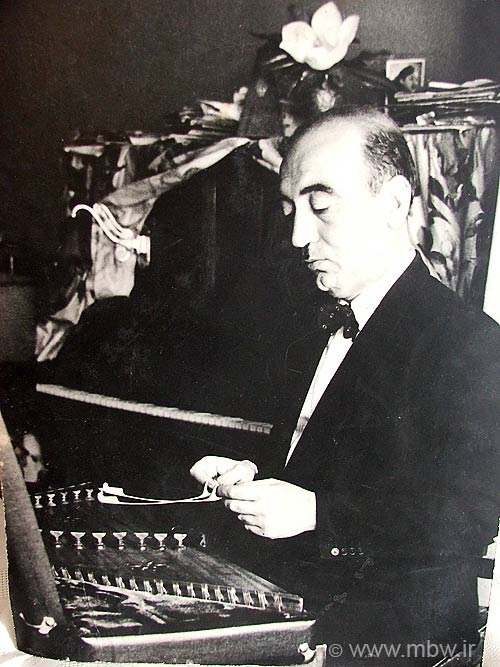 He was approximately 6 years old that his father died and the family financial situation got worse.So after passing the fifth grade of primary, at age of 11 he quit school and started
He was approximately 6 years old that his father died and the family financial situation got worse.So after passing the fifth grade of primary, at age of 11 he quit school and started
working for income at tinny, Forging, Machining, and carpentry which became his favorite work.
Considering that his interest was music, after a few years, when facilities are provided for learning music he decided to go with Master Saba.With difficulty finally he found Saba's home
address that was Zhyralaslam street and went there.
Master Saba with his geniality welcomes him and start teaching teaching him violin and never asked him for money, and his relationship with his teacher got very close.
After spending a period of notation and familiarity with the steps and technics of Iranian music and Western music, Saba suggested to teach him violin making art.
Following instructions in making violin from Saba and not being allowed to sell the violin by Saba, he was encountered in a bad financial situation in a way that he had to sell all his
properties to keep his violin making workshop run.
Saba realized his situation and gave him $40 to buy tools and for his other needs.
Together with Saba, he went to meet Soren Araklyan (Russian immigrant and the author of Monverni) and learn his ideas and his researches about music. Araklyan introduced Ganbari to
the head of the Fine Arts Department who was impressed with his work and employed him for 30 USD. Ibrahim let Saba know about his salary so thatSaba gave them a call to raise his
salary. After a year Saba passed away, but frequently he went to have a look upon Ibrahim's workshop. A year after that, Khotsiff (a pro violin teacher at the music school)invited Ibrahim
to his house and placed an order. But Ibrahim asked him if he is alright with that if he makes a violin and Khostiff check it out for problems. Khostiff played with the same violin all his
life and ordered three more swell. At 1960 Ganbari went to Watlo instrument making school in France to develop his skills.
Atin Watlo was famous specialist in striking instruments at his time. he wanted to send Ibrahim for two years to Mirkour( the city of instrument makers). But Ibrahim told him that he has
already made an instruments and he doesn't need the basic lessons , so that he could start directly at the watlo workshop . Soon after his works became significant to the head of the
workshop (mr. Pierre), Pierre gave him salaries but Ibrahim didn't accept and told that his tuition has already been paid by Iranian government. But he asked Pierre for a shorter learning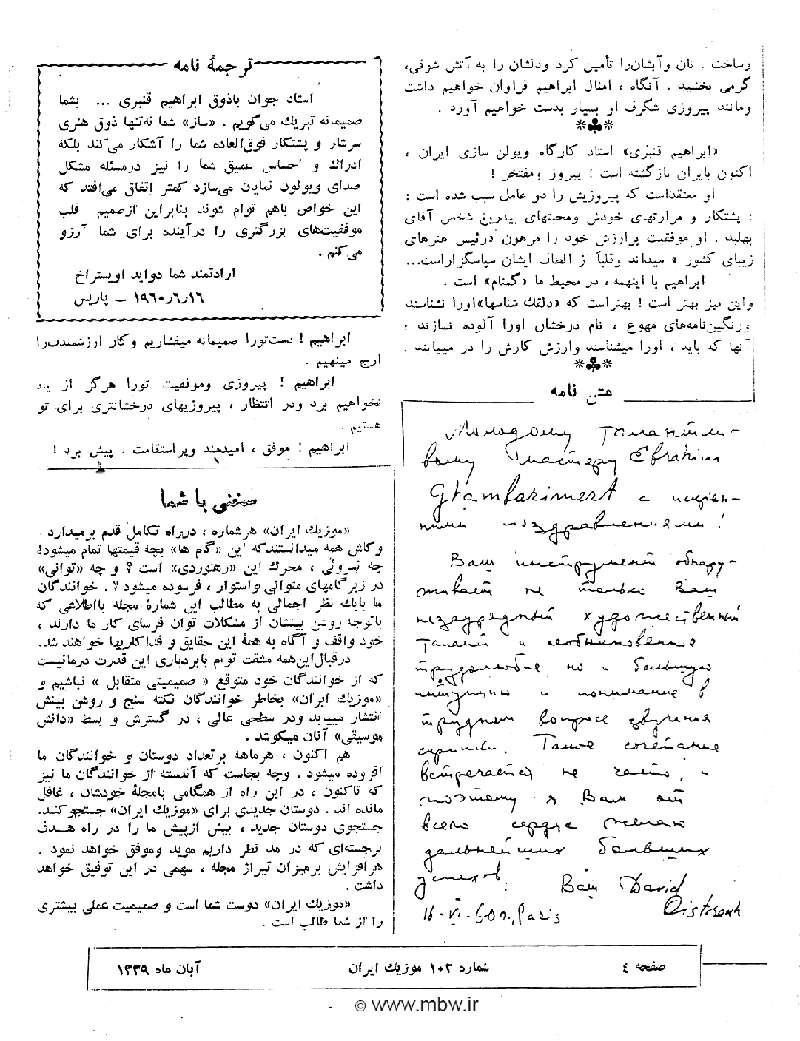 process if he was so satisfied with his work. Once David Ousterag ( Russian violist) came to the workshop and Ibrahim Ganbari asked Walto if he could let David play on his violin, request
process if he was so satisfied with his work. Once David Ousterag ( Russian violist) came to the workshop and Ibrahim Ganbari asked Walto if he could let David play on his violin, request
was accepted, and David played on violin made by Ibrahim and here is his opinion:
"Congradulations for your eagerness, talent and perseverance which has been put into your extraordinary made violin, i've seen such a perfect instrument which has the qualities together.
I wish you great success in the future"
Sincerely yours,
David Ousterag
Paris 16-06-1960
Ibrahim finished his master degree in instrument-making art in six months and returned to Iran, and started to make violin and correct the problems in the traditional instruments.
He started to invite different builders to his workshop to work together, some rejected and some accepted. one of them was Mr. Sanaati. So he could make more voiles some was meant
for art schools and the rest were sold to enthusiasts. At 1969 the minister of art & culture of the time organized an exhibition of Iranian Instruments.
At the exhibition Ibrahim's violins was played by a very famous violist who bought his violin directly and played with in many shows.
People thought hat violin was made by Estrady Warious, but the violist always said: no, it's been made by an iranian master named Ganbari.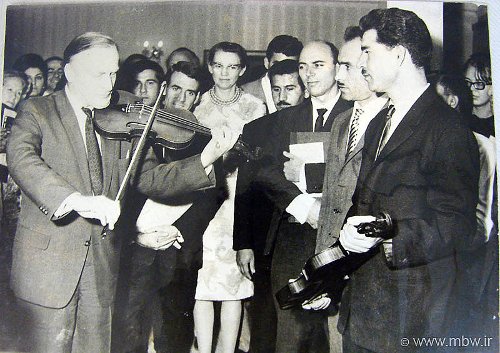 After islamic revolution he retired, and keep himself busy in his small workshop at home, mostly he tries to improvise different issues which can optimize the instruments sound.
After islamic revolution he retired, and keep himself busy in his small workshop at home, mostly he tries to improvise different issues which can optimize the instruments sound.
Ganbari believes:An artist is in love with his work and if you take it from him, he's dead. And there is two kind of men: 1. the one who lives to work and 2. the one who works to live.
He categorizes himself to the first group.
He says: an instrument maker is a master when he makes the instruments with heart and soul. One of Ganbari's innovations is beautiful decoration for instruments called "MEHRKARI"
which is a combination of various woods(with different coloures) with brass inlayed in wood. First thoughts of this art was started at the time of Saba, and now has reached its
perfection.The name is given by a good friend of Ganbari based on "mehr" as a suffix in Ganbari's last name.
Below are some pictures of Ganbari's mehrkari.
|
|
|
|
|
Innovation and reform on October Ghanbari professor of Iranian and Western instruments can be summarized as follows:
1 - Harp
45 and 46 years to repair the instrument that performs the harp to make the basic forms of action that found in harp building and offers a plan to resolve it, now professor of harp made
Ghanbari Mehr, which made its way at the Museum Cultural Heritage in Tehran Azadi Street is available on the harp innovation that makes it run to waste from the pressure wire during
conversion (used) to (sharp) to prevent.
2 - Violin
- Increase the distance on handsets Srpnchh
- A plan to strengthen the connection and the following categories that generally Vyvlnhay old place is weak and eats leaves.
- Construction of a master violin 2 bowl Ghanbari Mehr submitting this violin violin surrounded its construction because it shows very good violin like Vyvlnhay is Sdadhy.
3 - Setar
- Run as fixed Vault recurrence.
- Design new Srpnjh.
- Standard Form Setar bowl and mold it in the other five (see section Setar)
- Run the Steel Curtain slider mobile
4 - Tar
- Design new Srpnjh in order to resolve problems facing the detent force, especially the yellow wire and put wire easier.
- Track the skin around the bowl fit for cleaning tar and tar skin beauty in exchange.
- Run a very technical piece of help on the tar kettle to add breadth to three octave voice Tar
- Run the Steel Curtain slider mobile.
- Kvnyk categories being - to easily lock a better player and curtains
- Ivory tar on phones in order to better friction hand phone
5 - tabor
- New design for debugging Srpnjh
- Design templates for making wicker bowls
- Fixed implementation Vault
- Run the Steel Curtain Sliding
6 - Qychak
- Run Qychk way for musicians in the orchestra is used because it all kind of local Flazhvlh notes to be struck.
- Changes in the layout on handsets Srpnjh
- Design new Srpnjh maintain originality
- Implemented in three sizes for orchestra (Soprano - Alto - Bass)
- Add to facilitate Tandvr tune.
7 - fiddle
- Mold design bowl made of very advanced.
- New design and Srpnjh categories so that the handle is like the violin, and unlike those Kvnyk Kmanchhhay is common. (For ease of playing and changing Pvzysyvn)
- Implemented in 4 sizes (Soprano - Alto - Bass - Double bass)
- Add Tandvr for children to ease.
8 - recurrence
- Improve appearance
- New Fnrbndy for better Sdadhy
- Improve the connection to handle Srpnjh
9 - lute
- Iranian lute design and restoration of historical evidence that its benefits include:
1) provide a mechanism as the traditional Iranian instrument with historical backing.
2) the extent of the sound rather than recurrence.
3) easy for player to be smaller due to recurrence of the bowl to interact with the human body is better.
10 - Rabab
- Rabab style design new area more sound (2 octave)
- Implemented in two sizes Soprano and Alto
- New design for ease Srpnjh Cook
11 - Tombak
- Run Tonbak cookies that benefits include:
1) eliminate the effects of climate on the skin.
2) can attune several Tombak Tombak or together with a melodic instrument
12 - Law
- Run the slide on screen Brgrdanhay law enforcement even Glysandv Tarzi is also possible.
13 - sensational technique developed
Modulation technique, which consists of a skin and timber in a part of my page very melodic voice that is produced on the sitar, lute and tabor is played.
14 - Reconstruction of the following instruments for year 2500 celebrations at the time of culture and art work in the workshop
Sourena - Krmyl - trumpet - Gvrg - Krmyl Gulf - Dvzlh - Balaban - Marnay - Draznay (trumpet north) - drum - large and small Gulf kettle - kettle North (pair)
15 - In recent years (in 1385 AH. Sh) during the design of a string bass fiddle Srpnjh handsets screw was designed for this instrument.
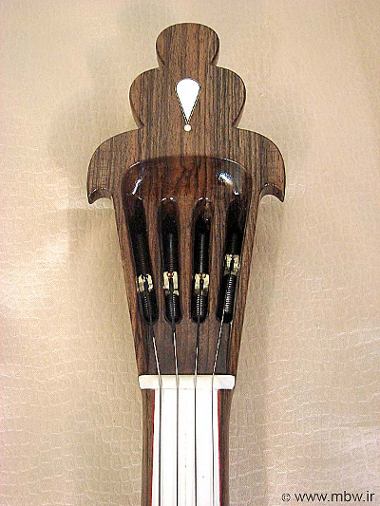 Properties of this type can Srpnjh and phones:
Properties of this type can Srpnjh and phones:
1 - to ease the child.
2 - Ability to fine tune the violin like Tandvr.
3 - Cook not empty (zero being the drop stitch).
Then Professor Ghanbari Mehr attempting to run this system on various instruments so that they're all in pictures for different instruments with different facades and fit is designed for
those instruments
16 - Simtab
This is one of the master Ghanbarymehr's innovations wich can be used to make end of strings make-shaped for instruments such as Tar, Setar, Tanboor, Dotar, ...
This device is mass product by Mohammadi Brothers and Mr. Ayati and it is available in the market.
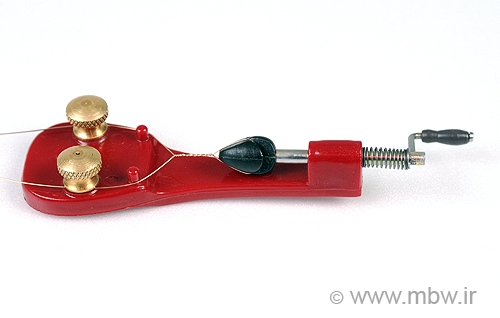
|
|
|


